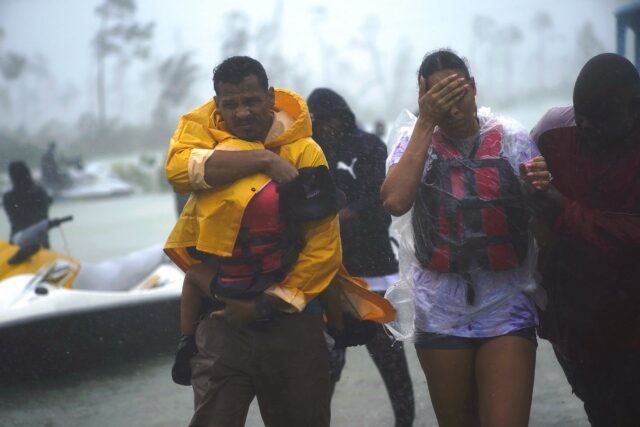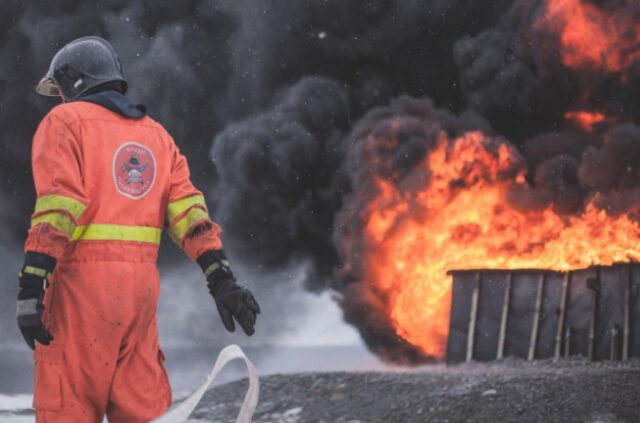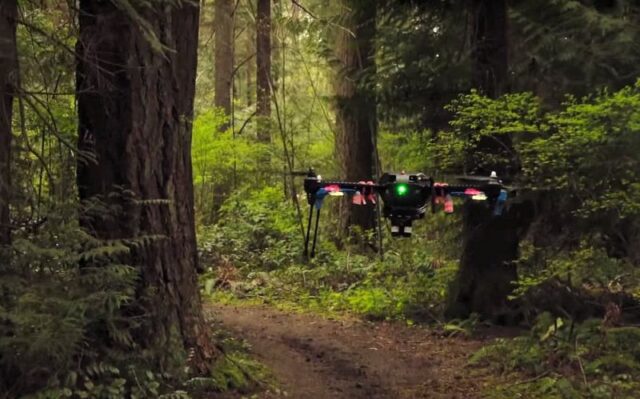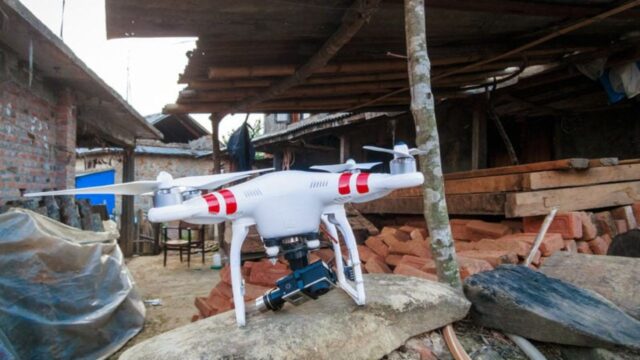
Rescue operations are one of the most dangerous jobs in the world. For the better parts of human existence, we have undertaken this operation ourselves. Now, the plot is about to change.
With the application of servo (read more here) and the latest sensor technologies to the development of drones and robots, rescue operations are becoming less dangerous with technology playing a pivotal role.
Below are some of the ways robots and drones have shaped rescue operations:
6Helping victims of the hurricane

Hurricanes and flooding are complicated rescue operations to navigate. It is difficult for rescuers to know if people are alive. Rescuing them poses a different set of challenges, especially when the weather condition makes the water unstable.
The introduction of EMILY (Emergency Integrated Lifesaving Lanyard) is making the process easier. EMILY was developed by a company named Hydronalix to assist victims of hurricane and flooding. Twenty-four hours after hurricane Dorian occurred in Abaco Island in the Bahamas, rescuers used EMILY to provide aid to people. EMILY is a water vehicle that utilizes sonar technology.
Emily can indicate where underwater debris is as it would impede navigation. EMILY is also remoted controlled. EMILY can be also sent to someone lost at sea. The water vehicle has handles victims can hold on to and use to pull themselves out of the water.
5Improved Wildfire Management

In places like California where wildfire is a common occurrence, there is fear among residence the wildfires are getting stronger. This puts tremendous strain on the fire department. It is forced to use chemicals to start small fires that destroy vegetation and curtail the rampaging fire.
Thankfully, a company called Drone Amplified is using drones to ignite those intentional fires without risk. Usually, it is done using helicopters, driving through or walking to the intended area. The drone called IGNIS is a better alternative. The company also helps coordinate nighttime operations. Thanks to drones, professionals can manage fires more effectively. Rescuers can reach survivors and survey the extent of damages.
4Confronting fire in Hard to reach Terrains
Tanker truckers are important to firefighters. However, it comes with a lot of technical difficulties. For instance, before the fire department buys one, they have to consider factors like the number of gallons it can produce per minute and distance of the vehicle from a water source.
Still, Firefighters rely on tanker trucks to fight the fire. On the other hand, some use robots to fight fire. Using robots is a better option, especially when the fire is raging in places difficult for humans to access.
Firefighters in Abu Dhabi have started using a robot called LUF. The robot developed in Austria can spray up to 2,300 liters of water per minute while maintaining a distance 55 meters away from the inferno. It also the ability to climb stairs, make turns and avoid obstacles.
3Helping navigate hard to reach places

The aftermath of an earthquake impinges rescue operations. With collapsed building debris everywhere, rescue operations become dangerous and slow. Worse, people might get trapped in hard to reach places because of the debris.
The debris makes it difficult for rescue workers to contact them or send aid supplies to them. At times, reduce the flow of oxygen to where they are. This is usually a challenging operation for rescue workers.
However, with the aid of a snake-like robot called Guardian S. Developed by Sarcos, the robot is perfect for hazardous conditions that require getting a reading of the environs before sending a rescue team in.
It also provides real-time information about high-risk rescue attempts to the control room and the rescuers. With this, rescuers can strategize the next line of action.
2Finding survivors

One of the major challenges of a rescue operation is pinpointing the location of survivors. Drone technology has been playing a massive role in this regard. Drones can fly and take pictures; it gives rescue workers aerial view, which allows them to plan a more effective rescue mission.
Drone footage could prove useful in pinpointing survivors. China has been using drone footage for rescue operations, especially during earthquakes. With drone technology, rescue teams have reliable information, such as an estimate on the number of survivors.
DroneSAR, an Ireland based drone company, is working a technology to use drones to find survivors. It created an app synched with drone technology to improve rescue mission.
For instance, the app maps out grids and orders a drone search only those grids created. When a drone finds a survivor, the app shares the location to every member of the rescue team.
1Reducing the dangers
Eradicating the dangers rescuers face is entirely not possible. It is part of the job description. But the coverage robots and drones provide during rescue operations increases the likelihood of rescuers finding survivals.
The real-time information these technologies provide during a rescue operation is vital to decision making. It helps the rescue team (the command base and the field team) devise the best way to help the surviving victims while managing the catastrophe.







